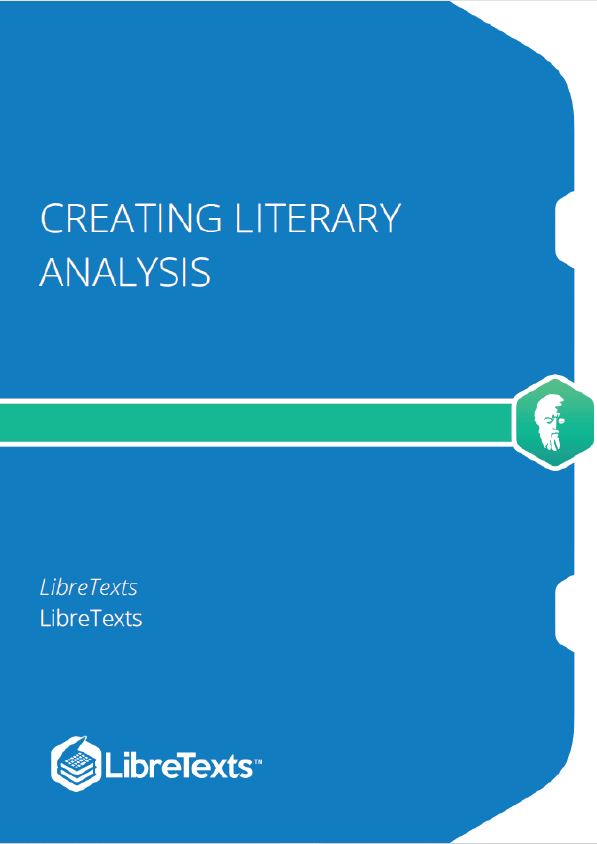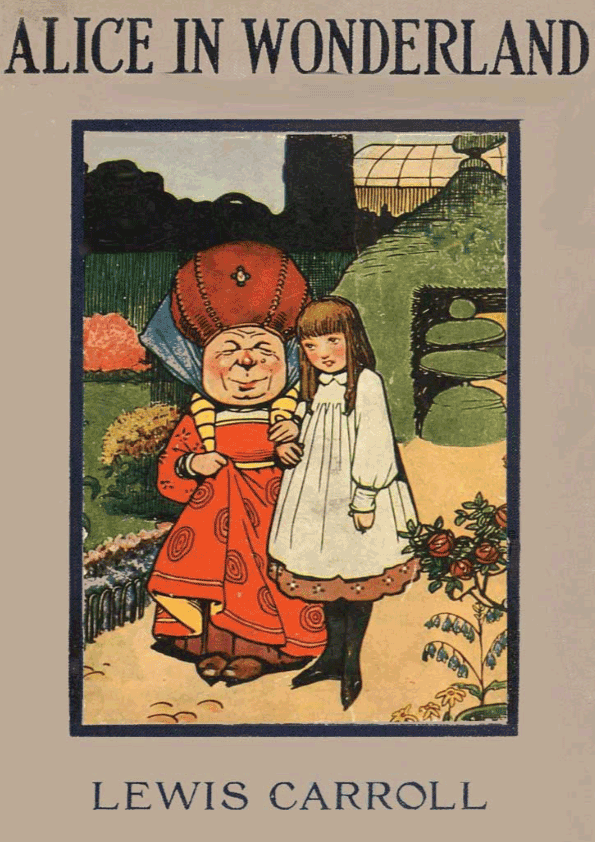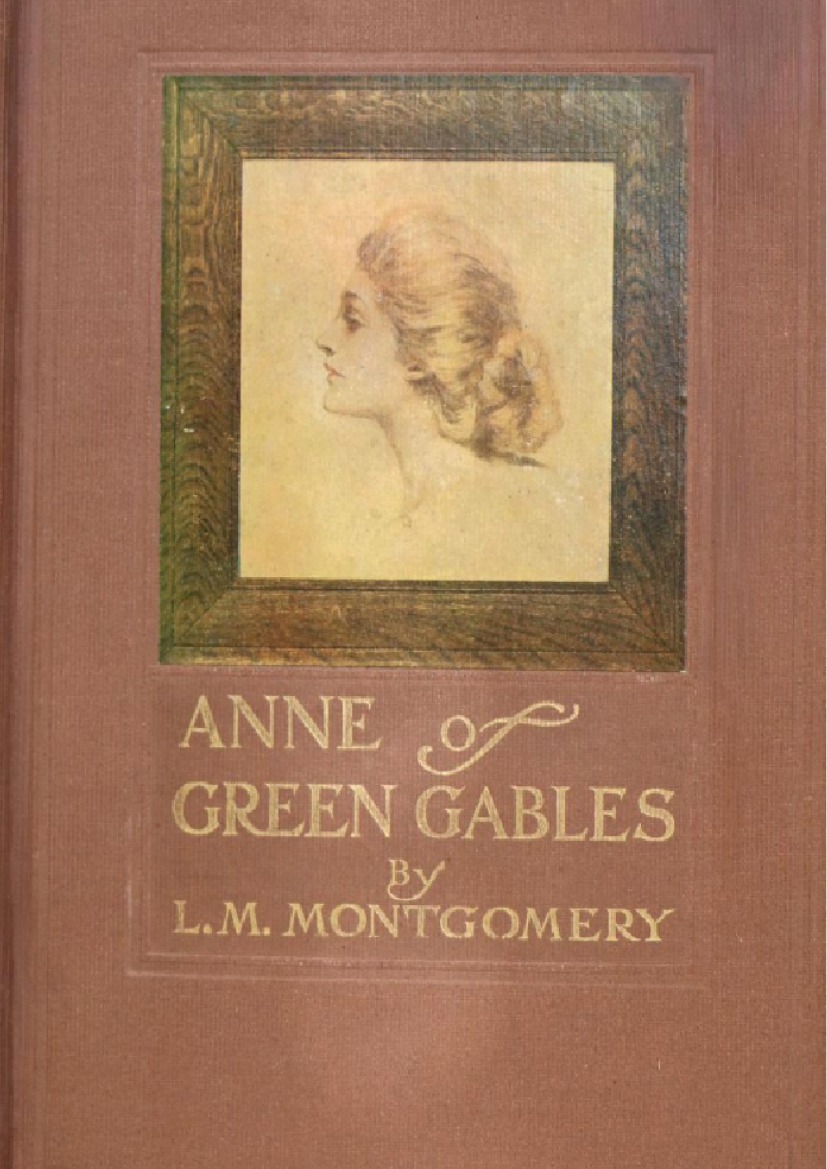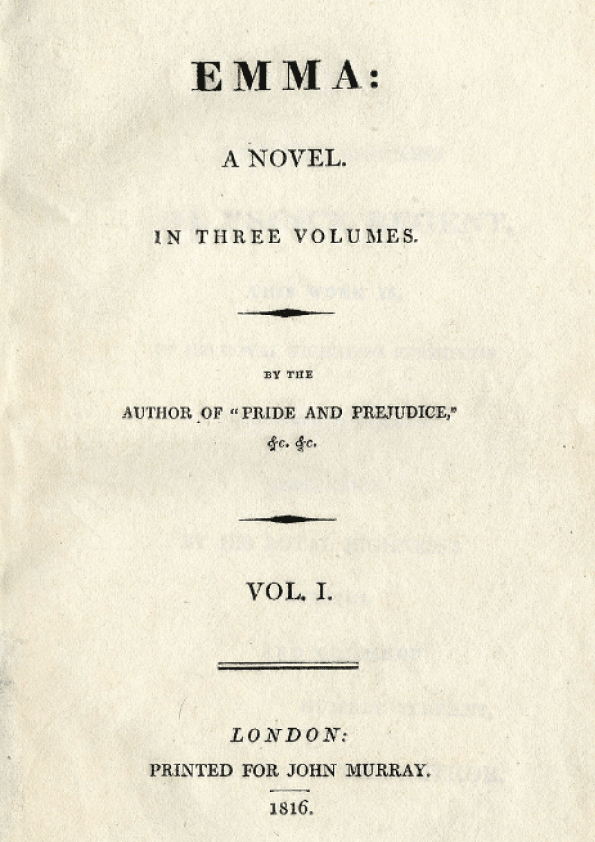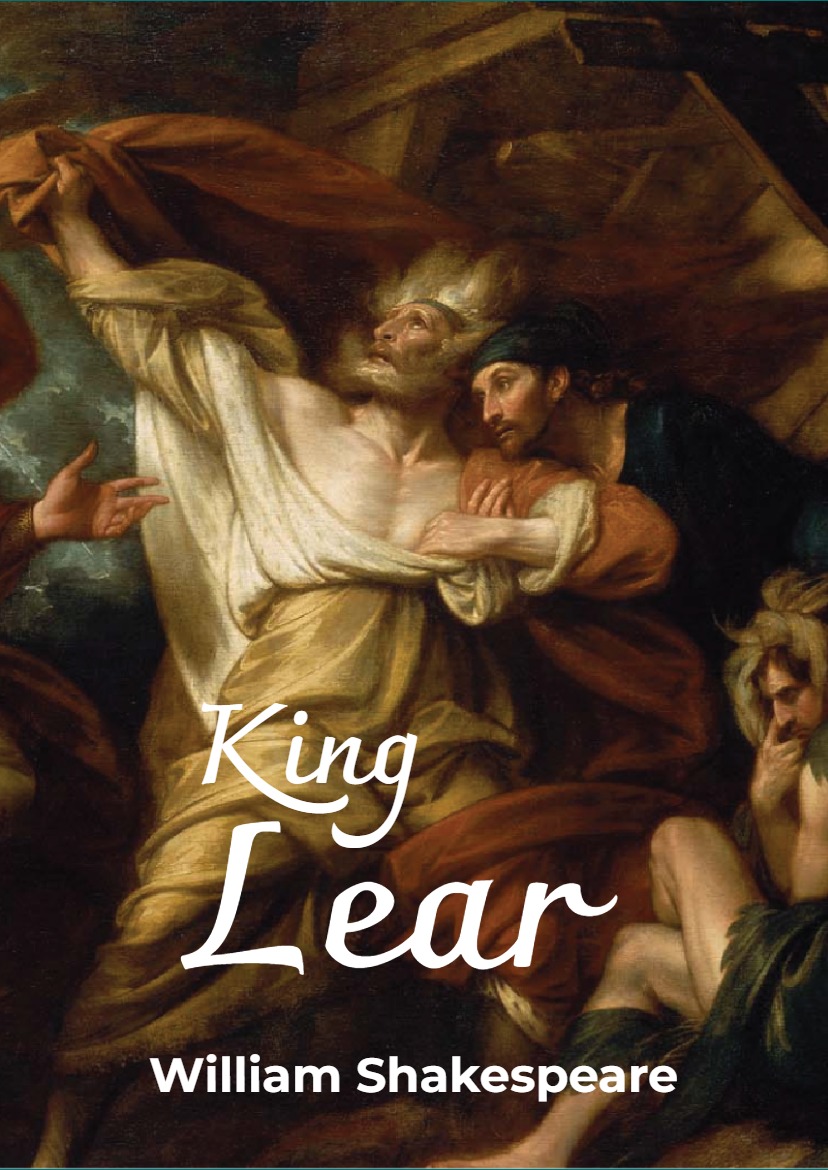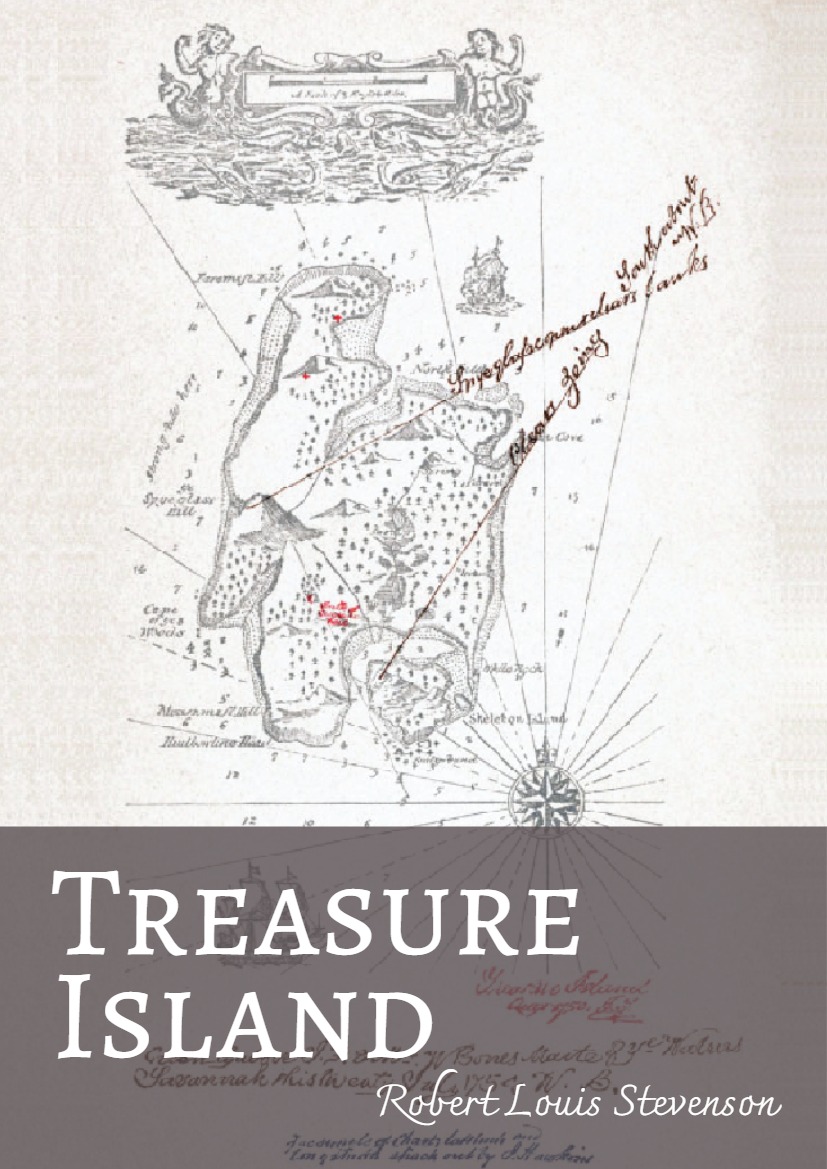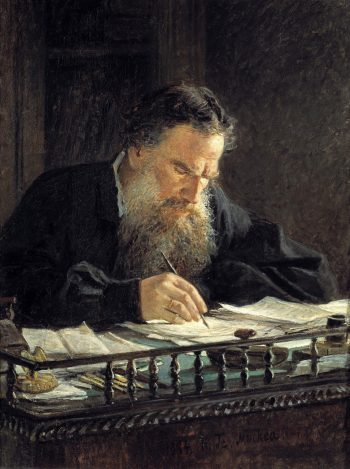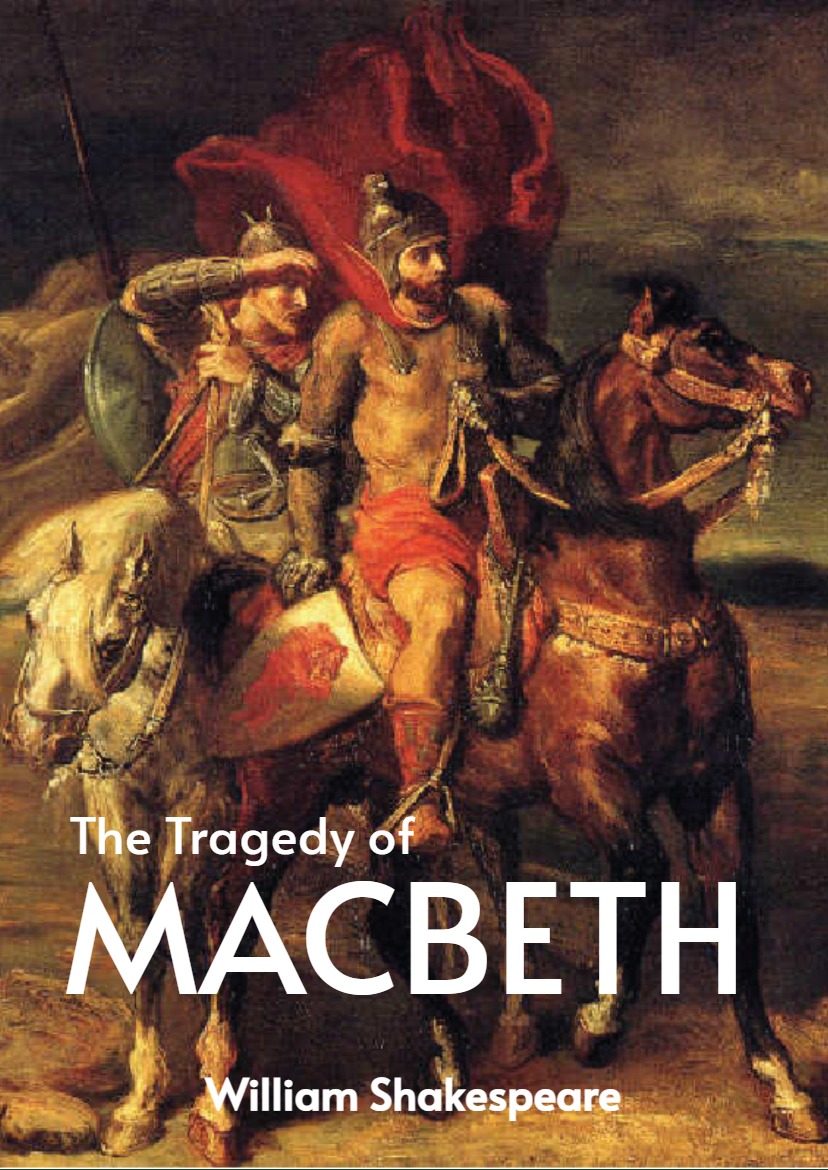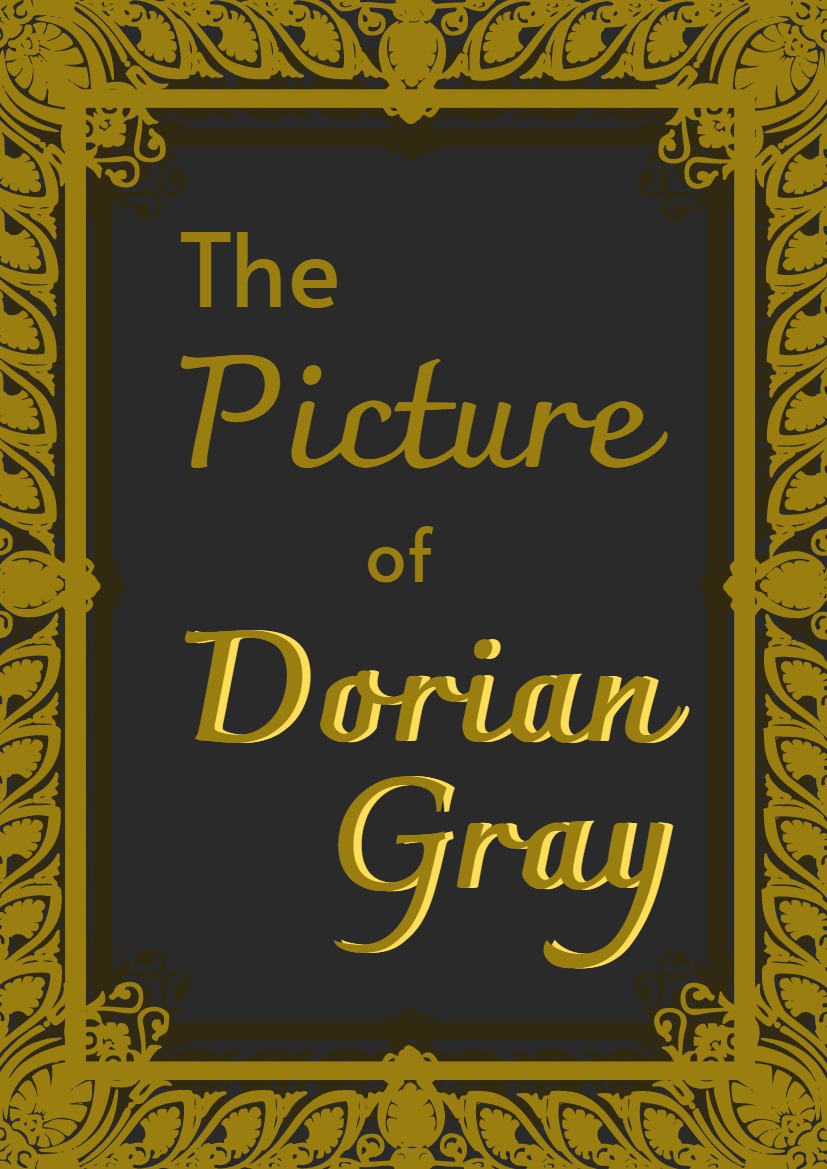Most literature students are introduced to literary theory and writing about literature as separate subjects, though the two are intimately linked in the practice of literary scholarship. Literary scholarship is guided by literary theories and expressed through writing; it doesn’t make sense to learn each in isolation. Literary theories are intellectual models that scholars use to understand stories, novels, poems, plays, and other texts. Different theories prioritize different historical, social, or methodological concerns. The authors believe students of literature should learn about many literary theories so they can discover which interpretive tools work best for them when they write about literature in their classes (and beyond). This book aims to help students build up a personal toolbox of interpretive possibilities.
When you hear the word “theory,” you might think first of the natural sciences, rather than of literature. In the sciences, theories are systems for understanding how an aspect of the world works: they can be used to explain past phenomena and predict future behavior. Thus we hear about the theory of evolution or the search for the unified theory of the universe.
Theory doesn’t mean exactly the same thing in literature. However, literary scholars do understand their subject through literary theories, which are intellectual models that seek to answer a number of fundamental interpretive questions about literature. In How to Do Theory, literary critic Wolfgang Iser suggests that the natural sciences (and the social sciences to a large part) operate under hard-core theories, whereas the humanities use soft-core theories. Wolfgang Iser, How to Do Theory(Maiden, MA: Blackwell, 2006). Simply put, hard-core theories lead to problem solving and are governed by general laws and rules; they predict and rely on objective fact. Soft-core theories, on the other hand, do not problem solve but predict—they map ideas and are not necessarily governed by laws but by metaphors and images.
Thus literary scholars use theories that are more descriptive of ideas—which map ideas more than quantify them. Such scholars are guided by questions that may include the following:
- What exactly do we mean by “literature”? What counts as literature, and what does not?
- Can (and should) we determine the value or worth of literary works? If so, how should we go about this task? If not, why not?
- To what extent does a given text reflect its author and/or the historical moment of its composition?
- What are the political and social ramifications of literary texts and of the ways we study them?
These are very broad versions of the questions that literary scholars ask in their work, but you can probably already see that different scholars are likely to have very different answers to many of them. Thus we often talk about different “schools” of literary theory. Each school prioritizes certain concerns for talking about literature while deemphasizing others. Thus one critic might focus on the representation of women within a given story or poem (feminist theory), while another critic might concentrate on representations of unconscious desire in that same text (psychoanalytical theory). Though they’re studying the same text, these two critics may come to very different conclusions about what is most interesting in that text and why.
